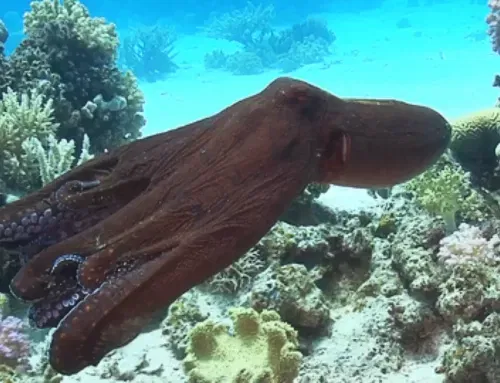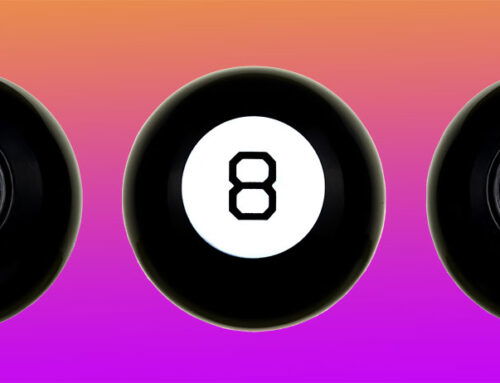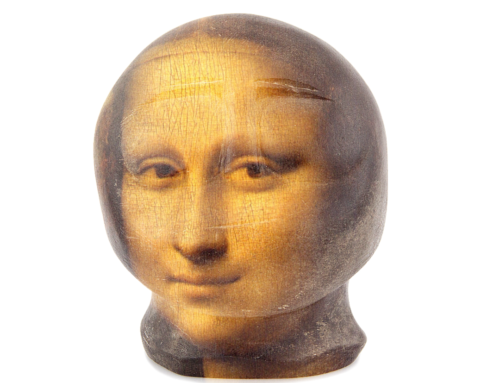Third in a series on Creativity
Last week, I brought up the importance of authenticity for any creative endeavor – the voice of a writer, the idea of a scientist or the brush of an artist – and stressed the difficulty at times to be certain if a piece of art is authentic, meaning original, attributed to the correct artist. Although some may not care who made a work of art if they love it, others – especially those in the marketplace – care a great deal. Derivative art or reproductions sell at a fraction of the original.
I care about authenticity from a collector’s viewpoint. In case you missed it last week, my speculation is that one of the great powers of art is the authentic bonding, without deception, of feeling and meaning between the artist and viewer.
Authenticity affirms significance. Consider a ‘drip painting’ of Jackson Pollock. There’s little power in someone else creating a chaotic design by dripping paint on a canvas. Authenticity enhances immeasurably the significance of a drip painting, as it does for any piece of art.
That Pollock conceived the concept and made the picture is crucial to its place in history. Pollock recognized that, it seems, judging from his quote, “It doesn’t make much difference how the paint is put on as long as something has been said. Technique is just a means of arriving at a statement.”
The echo of a statement cannot compete with its original author. Importance and authenticity are inseparable. The authentic – called autograph – stands as an original monument. Whether or not admired, it is clearly traced to its original source, the artist. It has a leg to stand on.
While authenticity questions who did it, ambiguity asks what it means and flounders in uncertainty. Authenticity requires investigation to establish source; ambiguity, by contrast, cannot be fully resolved. It’s inherent in the work itself and can be central to its significance. It’s about the complexity of life, and even extends to the factual world of science. Think of the uncertainty principal: is an electron a wave or a particle? Both. It depends on conditions. How’s that for ambiguity?
Surprisingly, ambiguity can have a greater impact than certainty. Would Leonardo di Vinci’s “Mona Lisa” be as fascinating if she were smiling, or disappointed, or just posing as a job for the master artist? I don’t think so. Mona Lisa looks out at us, muddled with the ambiguity of human nature. Or, consider Franz Kafka, the master of ambiguity. Would The Trial have the same power if we knew the crime that Joseph K committed, or if he committed any crime at all?
Creativity is not binary – true or false – but haunts us in uncertainty. Ambiguity demands more than one possible answer and takes us on journeys that force us to explore our own life rather than the artist’s. Ambiguity is personal, while authenticity lies outside of our lives.
Creativity is not binary, but haunts us in uncertainty.
Ambiguity – the impossibility of absolute answers – often lies at the heart of creativity, which never ends its search for truth. Ambiguity is the magnet that draws us into art, not just observe it or comment on it. If we are told the meaning, we listen; if we are asked the meaning, we become part of the answer.
Next Tuesday: Appreciating Creativity







Leave A Comment